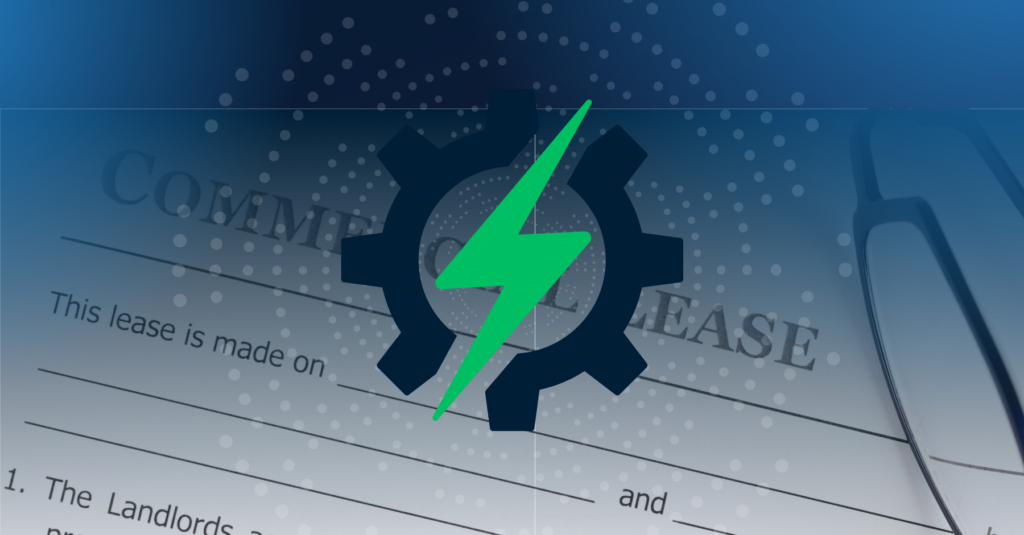With the rise in net zero emissions goals, onsite renewable generation or RECs are becoming widespread. The issue, however, is that renewable production data exists among various platforms, making tracking and reporting the performance of your renewables a challenge. Firms typically will need a way to visualize renewable offsets, analyze their actual vs. their guaranteed production, and to have transparency into any production issues.
Renewable energy tracking involves monitoring, verifying, and reporting the generation and consumption of energy from renewable sources such as solar, wind, hydro, and biomass. For businesses, this is crucial for:
- Verifying Renewable Energy Procurement: Ensuring that the energy consumed is from renewable sources.
- Regulatory Compliance: Adhering to governmental mandates and policies on renewable energy usage.
- Grid Management: Balancing the supply and demand of energy on the grid, especially given the variable nature of renewable sources like solar and wind.
- Meeting Investor and Market Expectations: Demonstrating commitment to sustainability, crucial for brand reputation and investor relations.
- Efficient Energy Management: Optimizing energy use and costs, and making informed decisions about energy sourcing and usage.
- Carbon Credits and Trading: Tracking renewable energy production is crucial for the issuance of carbon credits, which can be traded in carbon markets, and are subject to increased scrutiny in regards to their validity and effectiveness.
Renewable Procurement and Implementation:
Assessing Energy Needs: Businesses must first assess their energy consumption patterns and potential for renewable energy integration. This involves:
- Energy Audits: Evaluating current energy use to identify savings and efficiency opportunities.
- Renewable Energy Feasibility Studies: Determining the viability of different renewable sources based on location, energy needs, and cost.
Choosing the Right Renewable Option: There are several forms that renewable energy generation can take. The most common form is distributed energy resources (DERs), which include more localized forms of generation (e.g., the solar panels your neighbor just installed on their roof). Renewable energy generated on a mass scale by wind farms, solar farms, or hydroelectric dams can be procured from an energy supplier or harnessed in the form of renewable energy credits (RECs) or green tariffs. Before your company can make the switch to renewable energy, you’ll have to decide which option is best for you.
- On-site Generation: Also known as Distributed Energy Resources (DERs), on site generation of renewable energy is primarily dominated by the use of rooftop solar panels or wind turbines installed on business premises. Other options also exist, like electric vehicles (EVs), small-scale hydroelectric dams and natural gas generators, biodigesters, and battery storage. Benefits of distributed energy resources include: Lower-cost energy, system-level capacity, operating reserves, distribution-level capacity, and net value to the electricity grid, like avoided infrastructure investments, improved resilience, and increased integration of clean energy.
- Renewable Energy Certificates (RECs): Renewable energy credits are tradable, non-tangible commodities that represent proof that 1 MWh of electricity was generated from a renewable energy resource and was then fed into the shared system of power lines that transport energy. Companies may purchase renewable energy credits along with their electricity, and the RECs certify that a certain amount of the electricity was from a renewable source. Once a REC has been sold, it cannot be purchased again. Each renewable energy credit has a unique number and includes information about where it was generated, what type of renewable source it came from, and the date it was generated. Additionally, the exchange of all RECs is tracked and recorded. RECs provide you with definite proof that you are using renewable energy, which investors and consumers love to see. Additionally, RECs negate the need to invest in capital intensive projects, like installing solar panels. They also serve as a means of reducing emissions without implementing stringent efficiency measures. This is ideal if you have a large portfolio of buildings or your company has branches in multiple locations.
- Power Purchase Agreements (PPAs): Long-term agreements to purchase renewable energy from a provider.
Financing Renewable Energy Projects: Many states and utilities offer financial incentives for installing renewable generation projects. These incentives may make your renewable energy project feasible or improve its financial return on investment. To learn more about federal, state, and utility incentive programs, visit the Database of State Incentives for Renewables and Efficiency.
Renewable Generation Data Analysis & Tracking
You can’t manage what you can’t measure. Just like it’s important to track your energy use to make sure you don’t have inefficiencies in your buildings, it’s important to track your renewable energy generation to ensure it performing up to par.
Consolidation of contracts and interval data:
Generating your own renewable energy brings the challenges of multiple vendors, portals, technologies, contract structures, and all-around more energy data. Your platform should have the ability to connect directly to your renewable generation sources, delivering either a lagged or real-time data integration. With centralized interval-level data, the data should have the ability to be rolled up by capacity, technology, geography, and/ or time period.
With interval data monitoring, tracking and reporting your renewable production performance is simple. Having consolidated renewable production interval data allows you to track and report actual production vs. what was guaranteed/warrantied in your contracts as well as analyze contract-for-differences settlement values against various market hubs and your own energy load.
Quantifying avoided costs and emissions:
With the ability to integrate utility invoice data in addition to interval data, you can quantify avoided utility costs and emissions, track portfolio carbon offset or net zero goals, and prioritize additional renewable investments/deployments.
Flexible and Shareable Data:
Renewable data needs to be easy to digest and share with others for business intelligence, financial & sustainability reporting, and operational and engineering needs. It should be easy to analyze portfolio generation by geography, technology, or time period and then share visualizations and reports both internally with employees and externally via annual ESG reports. The WatchWire homepage has a number of widgets that easily showcase this data.
How can Watchwire help?
- WatchWire centralizes all onsite renewable production data (whether solar, fuel cell, battery, etc.) across multiple sites and vendors.
- Easily view the percentage of your electricity consumption that is renewable vs. purchased from the grid, incorporating any purchased RECs from contracts, on-site generation, and purchased electricity from the grid obtained from your utility bills.
- With integrations to several sustainability reporting frameworks, you can easily integrate your accurate emissions data into your sustainability reporting efforts.
- WatchWire gives you the ability to analyze actual vs. guaranteed production for agreements that have these clauses, like PPAs and lease agreements.
- With our operational and engineering analytics, you can alert your operations or engineering teams of any issues with renewable production.
- WatchWire software can help you measure and verify the efficiency of your DER(s), for example, if you decide to install solar panels on your building(s), watchwire can track how much they are saving you in terms of utility costs and emissions.
- WatchWire also provides energy market expertise, ensuring supply contract decisions are optimized for future operations
More About WatchWire
WatchWire by Tango is a market-leading, energy and sustainability data management platform that uses cloud-based software to collect, automize, and analyze utility, energy, and sustainability data metrics. WatchWire streamlines, automates, and standardizes your sustainability reporting process by integrating directly and/or providing reporting exports to ENERGY STAR Portfolio Manager, LEED Arc, GRESB, CDP, SASB, GRI, and more. The platform provides customizable dashboards, which allow asset managers, sustainability managers, engineers, and more to monitor individual key performance indicators (KPIs) and create custom views for specific use cases.
To discover more about WatchWire and its capabilities, you can visit our website, blog, or resource library, request a demo, or follow us on LinkedIn, Instagram, or Twitter to keep up-to-date on the latest energy and sustainability insights, news, and resources.
 California Signs Climate Laws, Bringing Back Urgent Timeline
California Signs Climate Laws, Bringing Back Urgent Timeline
 Log In
Log In









